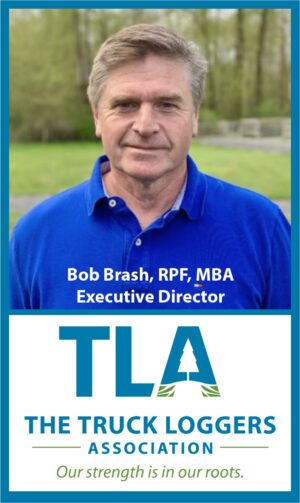 Over the past several months, I had the honour of engaging… with many of BC’s resource communities’ leadership. The one consistent question I continued to hear was, “why do we still log old growth?” It’s a fair question asked by those who want to support forestry, but also want to better understand the issues. …The simple answer is, it’s very complex. And the challenge in answering this question is it doesn’t fit into today’s digital demand for a 15-second sound bite. To start, we need to address the economic reasons to continue old growth harvesting. Today, about 27 per cent (50 per cent on the Coast) of BC’s annual harvest remains dependent on old growth. And the reality is the reliance on harvesting old growth is significant to BC’s viability to the tune of 100,000 jobs, 140 dependent resource communities, $15 billion in GDP, and $4 billion in tax revenues.
Over the past several months, I had the honour of engaging… with many of BC’s resource communities’ leadership. The one consistent question I continued to hear was, “why do we still log old growth?” It’s a fair question asked by those who want to support forestry, but also want to better understand the issues. …The simple answer is, it’s very complex. And the challenge in answering this question is it doesn’t fit into today’s digital demand for a 15-second sound bite. To start, we need to address the economic reasons to continue old growth harvesting. Today, about 27 per cent (50 per cent on the Coast) of BC’s annual harvest remains dependent on old growth. And the reality is the reliance on harvesting old growth is significant to BC’s viability to the tune of 100,000 jobs, 140 dependent resource communities, $15 billion in GDP, and $4 billion in tax revenues.
Currently, the vast majority of the sector depends on old growth for its products. There will be opportunities for value-added using second growth but the enhanced development of these opportunities will take significant capital in terms of new machinery and technology along with years to develop the markets for any such envisioned products. In other words, we need time to transition along with an investment climate that will be stable and considered favourable to those making such business decisions. …Despite varying perspectives, the reality is that all old growth is not created equal simply due to where it grows and its history. …And many of the stands are in a state of decay and mortality rendering them ineffective in the climate objective of sequestering carbon.